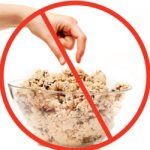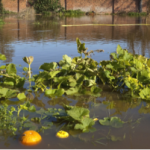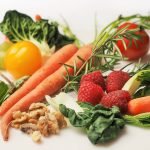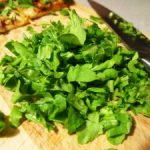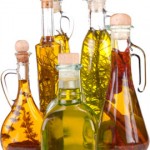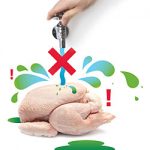Holiday Baking: Say NO to Raw Dough!
It’s the season for holiday baking, but the Centers for Disease Control and Prevention(CDC) warns consumers not to consume raw dough this holiday season or at any other time of the year. When you prepare homemade cookie dough, cake mixes, or even bread, you may be tempted to taste a bite before it is fully cooked. Steer […]
Read More...
